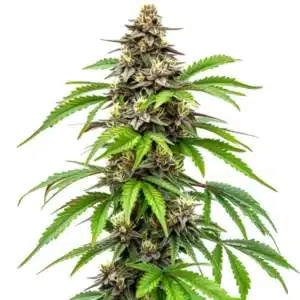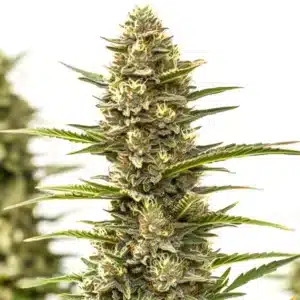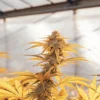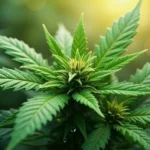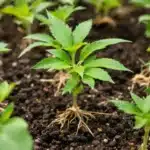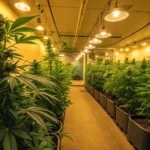
Basic Guide to Cannabis Seeds
For many enthusiasts, the journey into the fascinating world of cannabis cultivation begins with the humble seed. This guide to cannabis seeds explores the potential of each seed, offering insights into a variety of strains, each with unique benefits, flavors, and effects. Whether you’re new to growing or bringing years of experience to the table, understanding the basics of cannabis seeds is crucial for achieving a successful harvest.
This guide will walk through everything you need to know, from seed types to cultivation tips, and help you choose the best seeds for beginners cannabis, ensuring a rewarding growing experience.
Recommended Strains
Cafe Racer
|
|
THC | 25% (High) |
|
|
Type | Feminized |
|
|
Yield | Medium |
|
|
Phenotype | 30% Indica / 70% Sativa |
Cafe Racer Autoflower
|
|
THC | 19% - 24% (Medium) |
|
|
Type | Autoflowering |
|
|
Yield | High |
|
|
Phenotype | 50% Indica / 50% Sativa |
What Are Cannabis Seeds?
Guide to Cannabis Seeds: Cannabis seeds, the foundation of every cannabis plant, are small, hardy, and typically brown with mottled colors. Inside each seed lies the genetic blueprint needed to grow a full-fledged plant. But they are not all created equal. The three main types of seeds—regular, feminized, and auto-flowering—serve different cultivation purposes and lead to varied end results. Understanding these differences is key to selecting the right seeds for your needs.
Regular seeds can yield either male or female plants, allowing breeders to experiment and create unique strains. Feminized seeds are crafted to produce only female plants, the ones that yield the bud that growers strive for. Meanwhile, auto-flowering seeds start their flowering phase based on age rather than light cycle shifts, making them particularly appealing for beginners.
Types of Cannabis Seeds
Each type of seed offers something unique for the cultivator. Regular seeds are perfect for breeders due to their full genetic code, which enables a vast selection of traits. Feminized seeds simplify the growing process by virtually eliminating the presence of male plants, which do not produce usable buds. Lastly, auto-flowering seeds offer a hands-off approach to flowering, freeing growers from the constraints of light schedules.
One notable example from the Blimburn Seeds collection is the Gelato strain, celebrated for its balanced effects and intriguing flavor profile, appealing to both novices and seasoned users alike. Seeds like these reflect the diversity and richness of cannabis cultivation.
Promos & Deals
Choosing the Right Cannabis Seeds for You
Guide to Cannabis Seeds: Choosing the right cannabis seeds is influenced by factors such as growing environment, experience level, and desired effects. Assess your climate carefully—certain strains thrive in sunny, outdoor environments, while others are better suited for indoor growth in controlled conditions. Conduct thorough research into the lineage and characteristics of each strain to make an informed decision that aligns with your cultivation goals.
The intended effects also guide seed selection. For those seeking relief from stress or pain, strains known for their high CBD content may be ideal. Conversely, if psychoactive effects are your objective, you might opt for seeds richer in THC. Blimburn Seeds’ Gorilla Glue #4 is notorious for its potency and robust growth, making it a favorite among growers seeking intense experiences.
Factors to Consider When Selecting Seeds
Space availability is crucial when selecting seeds. Auto-flowering strains, known for their compact stature, are perfect for those with limited space. Additionally, consider the flowering time as it can significantly impact your growth cycle and harvest timing. Balance your immediate needs with long-term cultivation goals for a sustainable growth plan.
Another popular choice is Blue Dream, a strain cherished for delivering both euphoric and relaxing effects—ideal for anyone looking for a versatile grow. Such options offer flexibility and reliability, key to a successful growing experience.
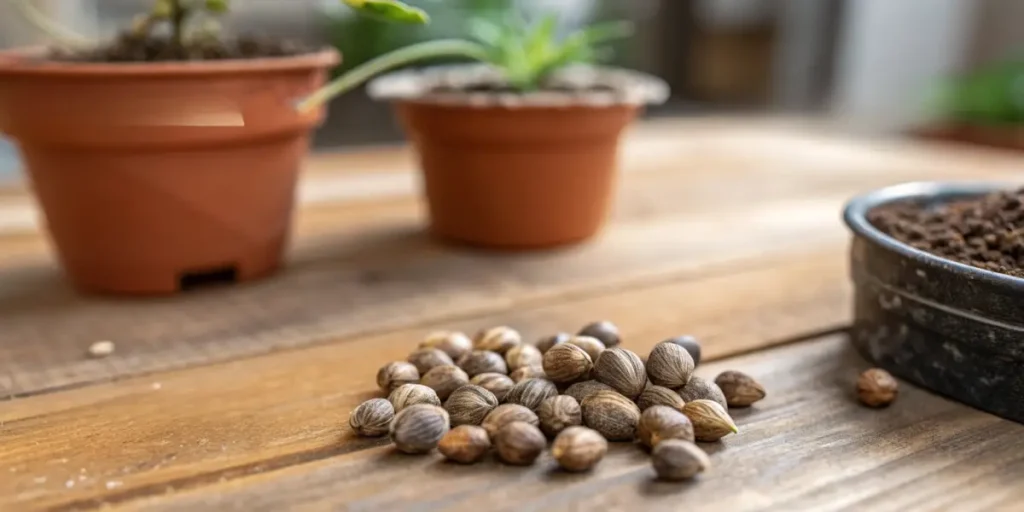
Germinating Your Cannabis Seeds
The initial step in cultivating cannabis plants is germination. This process involves initiating the seed’s growth by sprouting its initial root. Among the popular methods are the paper towel method, soaking seeds in water, and direct planting in soil. The environment should be warm and moist, without excess saturation, to promote successful germination.
- Paper towel method: Place seeds between damp paper towels in a warm location until they sprout.
- Water method: Soak seeds in a glass of water for 24 to 48 hours, until they crack and begin to sprout.
- Direct planting: Plant seeds a quarter of an inch deep in the soil and maintain moisture.
Tips for Successful Germination
Successful germination relies heavily on maintaining appropriate temperature and humidity. Ideally, seeds should be nurtured in an environment ranging from 70-80°F. When using the paper towel method, ensure the towels remain damp, excess water can lead to rot. For those planting directly in soil, using a greenhouse dome can aid in retaining warmth and moisture.
Handle seeds delicately, especially after they sprout, as the young roots are particularly fragile. Be mindful to check your germination setup often and make necessary adjustments to foster a consistent, welcoming environment for growth.
Cultivating Your Cannabis Plants
Once seeds transition into seedlings, cultivation takes center stage. This phase involves providing essential nutrition, light, and care to encourage robust plant development. Each lifecycle stage demands tailored care, making ongoing adjustments critical to plant health and yield.
- Vegetative stage: Ensure abundant light and nutrients to promote vigorous growth.
- Flowering stage: Adjust light cycles for photoperiod strains and introduce nutrients to support bud development.
Providing Proper Care for Healthy Plants
A balanced fertilizer regime, timed for each growth stage, empowers plants to thrive. During the vegetative period, focus on nitrogen-rich nutrients to build strong foliage. Transitioning to flowering, bolster phosphorus and potassium to enhance budding. Regularly monitor and adjust pH levels in your medium to sustain optimal nutrient absorption, ideally within a 6.0-7.0 range.
Temperature and humidity management are pivotal as well. Daytime temperatures should hover between 70°F and 85°F, dipping slightly lower at night. Humidity should fluctuate between 40-70% depending on the growth stage, to prevent mold and support healthy plant development. These conditions foster an environment where your cannabis plants can flourish.
Troubleshooting Common Growing Issues
Even seasoned growers encounter difficulties. Nutrient shortages, pests, and environmental stress factors can undermine plant health and yield. Yellow leaves may flag a nitrogen deficit, while leaf spotting could indicate an infestation, such as spider mites.
Preemptive measures, including regular inspections and maintaining an organized growing space, are crucial for preventing issues. When trouble arises, swiftly identify and address causes by evaluating symptoms and conditions, then adjust your approach accordingly to protect your crop.
Solving Problems in the Grow Room
Consistent monitoring helps identify issues early, preventing escalation. Keeping a cultivation journal detailing watering, feeding, and environmental conditions is invaluable for troubleshooting. In the event of pest infestations, consider employing organic pest control methods or introducing beneficial insects.
Should you face nutrient imbalances, flushing the plants with pH-balanced water can cleanse the grow medium. Follow this with a balanced nutrient regimen to restore vigor. Adjustments in your growing environment can often rectify common issues, ensuring a healthy, productive crop.
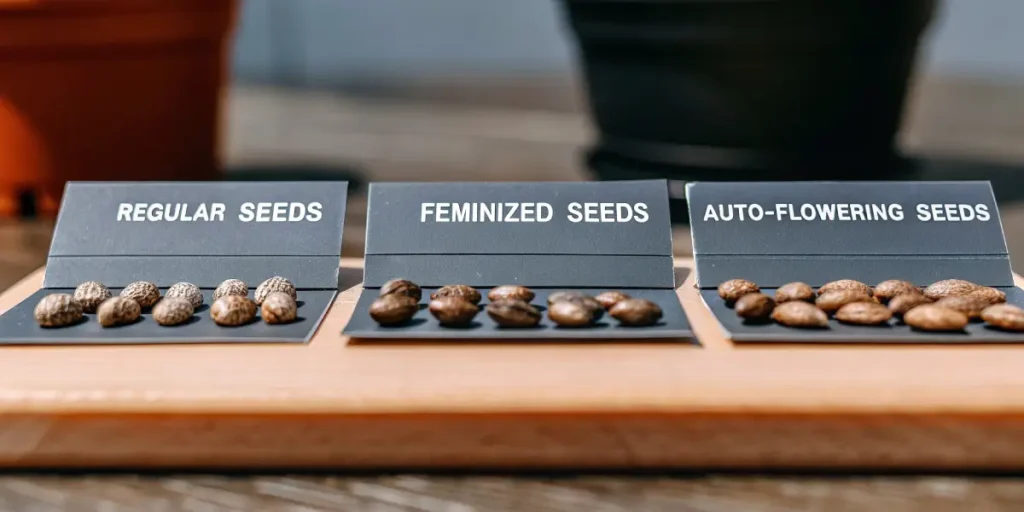
FAQs About Guide to Cannabis Seeds
What is the difference between regular, feminized, and auto-flowering seeds?
Regular seeds can develop into either male or female plants and are often used for breeding projects. Feminized seeds have been modified to produce only female plants, thus eliminating the effort to identify and remove male specimens. Auto-flowering seeds begin their flowering stage based on age instead of light exposure, making them especially user-friendly for beginners.
How do I choose the right cannabis strain?
Choosing the right strain involves considering your growing environment, personal experience, and desired effects. Indica strains may excel in warm climates, while Sativa strains often flourish in indoor setups. Additionally, factor in flowering times and space limitations before deciding on the best strain for you.
How long does germination take?
Germination timelines can vary from 24 hours to a week. The chosen method and maintained conditions will influence how quickly germination occurs. Ensuring that seeds remain in a warm, moisture-controlled environment without becoming waterlogged is crucial to success during this initial stage.




